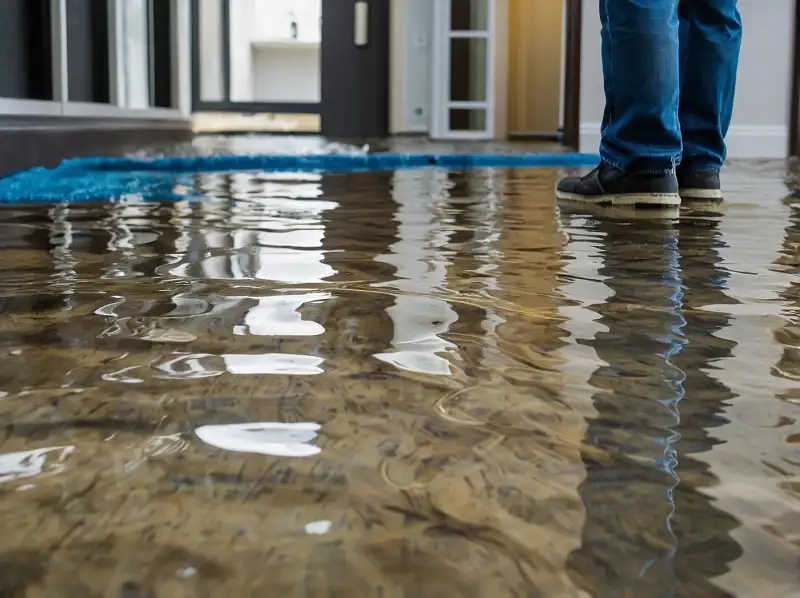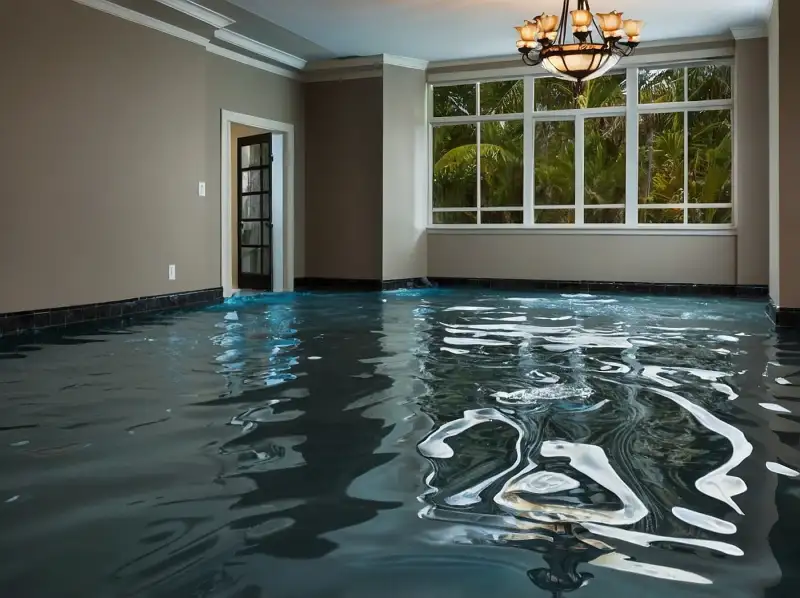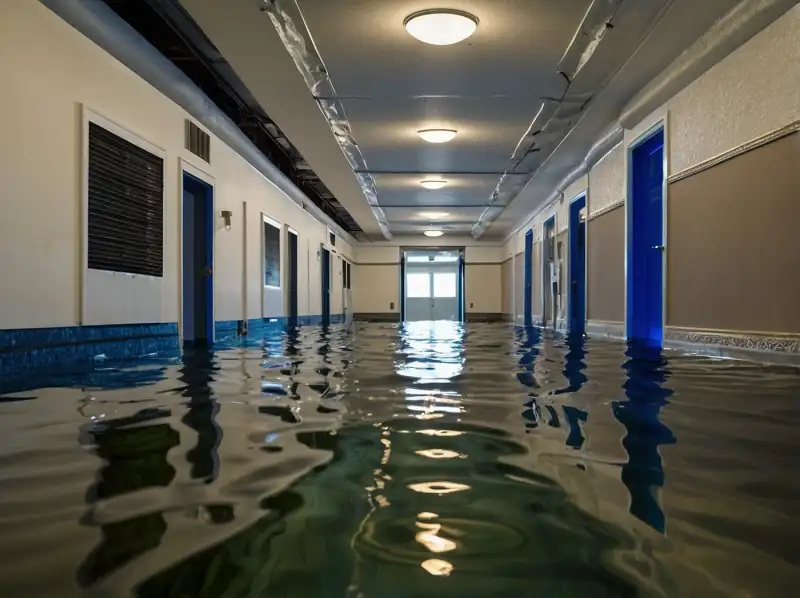
28
Aug
Expert Water Damage Restoration in St. Petersburg
Water damage is a serious concern for homeowners in St. Petersburg, especially during the rainy season or following unexpected plumbing issues. Understanding how to manage this problem is crucial for protecting your property. If you find yourself in need of help, don’t hesitate to contact our restoration experts for immediate assistance.
Understanding Water Damage in St. Petersburg
Water damage can occur from various sources, such as heavy rain, burst pipes, or even appliance malfunctions. In St. Petersburg, the humid climate can exacerbate these issues, leading to mold growth if not addressed promptly. The key to effective water damage restoration lies in understanding the type of damage and the necessary steps to take.
Types of Water Damage
- Clean Water Damage: This type comes from a clean source, like a leaking sink or bathtub.
- Gray Water Damage: This involves water that is slightly contaminated, such as that from washing machines or dishwashers.
- Black Water Damage: This type poses serious health risks as it comes from sewage or floodwaters.
Steps for Effective Water Damage Restoration
When faced with water damage, acting quickly is essential. Here’s a step-by-step guide to help you through the process:
1. Assess the Situation
First, determine the source of the water. If it’s safe to do so, shut off the water supply to prevent further damage. If the water is from a sewage backup, it’s best to stay clear and reach our water damage experts.
2. Remove Standing Water
Use buckets, mops, or wet vacuums to eliminate standing water. The longer water sits, the greater the risk of structural damage and mold growth. In St. Petersburg, timely removal is crucial due to the warm climate.
3. Dry Out Affected Areas
After removing standing water, dry out the affected areas using fans and dehumidifiers. Open windows and doors to increase air circulation. This step helps prevent mold and mildew growth, which can be a significant concern in our region.
4. Clean and Sanitize
Once everything is dry, clean and disinfect the affected areas. Use a mixture of water and bleach to sanitize surfaces. If you’ve experienced gray or black water damage, consider hiring professionals for thorough cleaning.
5. Repair and Restore
After addressing the immediate issues, it’s time to make repairs. This might include replacing drywall, flooring, or insulation. For significant damage, you may want to consult a fire damage or mold removal specialist, particularly if water intrusion has led to mold growth.
Preventing Future Water Damage
Prevention is always better than cure. Here are some tips to minimize future water damage in your St. Petersburg home:
- Regularly inspect and maintain your plumbing systems.
- Install sump pumps in basements to handle heavy rains.
- Ensure gutters and downspouts are clear to direct water away from your home.
- Consider installing water detection systems to catch leaks early.
When to Call Professionals
If the damage is extensive, or if you’re unsure about handling the cleanup, don’t hesitate to contact our restoration team. Our certified professionals have the expertise to handle all types of water damage and ensure a thorough restoration process.
Conclusion
Water damage restoration can seem overwhelming, but with the right steps and timely action, you can mitigate the effects on your property. For St. Petersburg residents, understanding the local climate and its impact on water damage is vital. If you need assistance, look no further than our team of experts. We’re here to help you every step of the way—just reach out today!
For more information on our services, visit our service areas page to learn how we can assist you in St. Petersburg and the surrounding areas like Clearwater and Largo.



